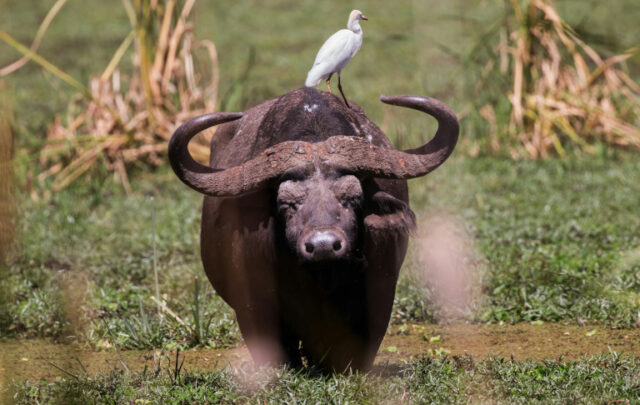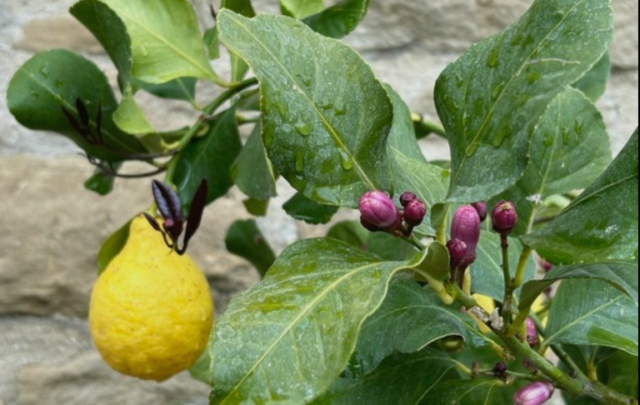
When I wrote in this space some time ago about a teacher who had discovered that most of his students did not know what kind of tree acorns grow on, I thought that would remain the top story of the year in environmental illiteracy. (One reader ventured humorously: a corn tree?) But now comes an even more astounding example: a FritoLay ad in Time magazine of January 28, 2008, page 92, shows a field of luxuriantly green potato plants in blossom, a sack of spotless potatoes in the foreground, and some people stooped among the rows of spuds, apparently, brace yourself, picking potatoes into baskets!
Need I say more? Need I explain that the erstwhile potato grower does not harvest potatoes when the vines are green and blossoming. And you don’t pick them, you dig them. How could a company that deals in potatoes make such an embarrassing mistake? Please tell me this was somebody’s joke.
Actually, I’m not all that surprised. A friend once confessed to me her own early ignorance of nature. It’s in one of my books. She had decided that it was high time she learned how to grow her own food. She planted lots of potatoes. They grew wonderfully. Then suddenly, inexplicably, as she related the story, the plants died. Not a potato had been produced, she sadly told her friends. Surveying the scene of desolation, she tripped over a bulge in the soil. What’s this? It was a potato as big as a softball. She examined the soil more closely. Why, the ground was full of potatoes!
FritoLay is not alone in making such obvious nature-ignorant errors and the reason is simply that the errors aren’t obvious to most people anymore. Our civilization has out-grown its connection to nature. Almost every time a non-agricultural magazine tries to do a story on farming, embarrassing mistakes rear their well-intentioned heads. I was mortified once to see an article I had written about black raspberries appear in print with a blackberry for an illustration. Another time a field of oats was identified in the caption as a field of wheat. Just a week ago, I saw in an article about yogurt, a photo of cows grazing a pasture, or so the caption said. Actually, the cows were young heifers, not a milk-producing udder in the bunch. The grass they were “grazing” was brown and dead, okay for heifers maybe, but not at all the kind of pasture that will produce a profitable quantity of milk.
In seminary college, a friend of mine from the farm loved to bedevil other students over their lack of knowledge about farming. Once a group of us were sitting on a porch of a residential building next to a lane that led from the school buildings to the barn where much of our milk and meat was produced. (I swear I am not making this up.) A farm worker drove by on a tractor pulling a manure spreader.
“What is that thing?” One of the students asked.
“A marshmallow picker,” my friend said, smoothly and nonchalantly.
“Oh.”
And there was the famous incident in which President Nixon was asked, after he had been discoursing on farm problems, if he knew what a soybean looked like. He said he had never seen one, and was not at all apologetic. That’s how I first knew that agriculture was no longer a part of American culture.
I don’t want to sound over-weaning. I am sure that a group of nuclear physicists could easily fool me. Most knowledge seems these days to be the property of specialists. But food is something common to every human being and extremely important to every human being. Is it not scary when so many people no longer know that potatoes grow underground? Can the nature-illiterate vote intelligently about food issues? What else that finds its way into their stomachs are they ignorant about? How many potato eaters know, for example, that now most non-organic commercial potato plants have been genetically modified to contain Bacillus thuringienses that kills potato bugs that try to feed on it?
~~
Gene and Carol Logsdon have a small-scale experimental farm in Wyandot County, Ohio.
Author: The Mother of All Arts: Agrarianism and the Creative Impulse (Culture of the Land) 2007
Gene’s Posts





